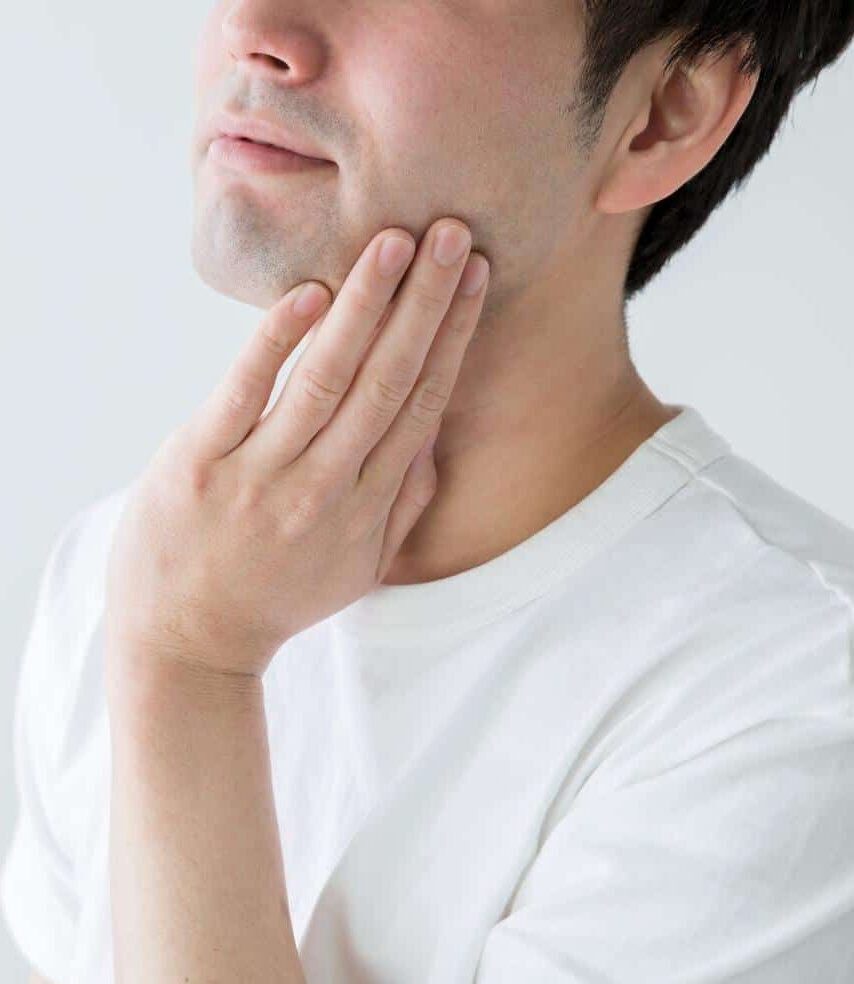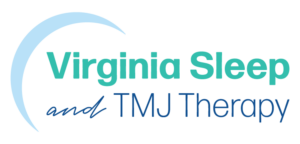
TMJ Treatment
Less Pain, Better Quality Of Life
At Virginia Sleep & TMJ Therapy in Richmond, VA, we prioritize non-invasive or minimally-invasive treatments for patients with jaw pain. Your comfort is important to us, and we believe in utilizing treatment methods that are safe, non-surgical and clinically proven to be effective. We refer TMJ patients to our partner, Angus Dentistry, to receive treatments such as physical therapy, oral appliance therapy, dry needling and Botox® treatments and more.
Non-Invasive And Minimally-Invasive Treatment
While your treatment plan will vary based on the severity of your pain and other contributing factors, there are certain methods we recommend to patients for pain relief. These methods are often less expensive than surgical options and are generally considered safe, with fewer risks and side effects. Treatment methods may include a combination of the following:
At-Home Remedies
In addition to other treatment methods, your doctor may recommend at-home remedies. When used consistently and correctly, the following methods can help reduce pain at home:

Oral Appliance Therapy
Another common TMJ treatment method is oral appliance therapy. Wearing an oral device can help reposition the jaw and alleviate symptoms and jaw pain. The role of appliance therapy is to reduce stress on the jaw joint and improve the alignment of the teeth and jaws. By doing so, oral appliances can help to reduce pain and other symptoms associated with the disorder. All appliances are digitally custom-fitted for each patient. These appliances include:
It is important to wear your oral appliance as directed by your doctor for the best results.
Dry Needling
Depending on your symptoms and needs, your doctor may recommend dry needling. During the dry needling procedure, a thin needle is inserted into trigger points in the jaw muscles. The needles remain in the skin for a very short amount of time, making it an easy and relatively painless treatment. The insertion of the needle into the trigger point causes a small local twitch response in the muscle, which can help to release tension and improve circulation in the area. This can lead to a reduction in pain and improved mobility in the jaw. Dry needling may also stimulate the body’s natural healing response, triggering the release of endorphins and other chemicals that can help to reduce pain and inflammation.
Botox® Injections
Botox® injections, also known as onobotulinumtoxinA, can be used to temporarily paralyze or weaken the muscles. When injected into these muscles, it can reduce pain and improve jaw function. Botox® is not a cure for these disorders, and its effects are temporary. The injections typically last for 3-6 months before needing to be repeated.
For comfortable, convenient treatments, we provide dry needling and Botox® right here in our office by our licensed providers. Talk to your providers to determine whether these treatments are an appropriate option for you.
Helping You Live Pain-Free
At Virginia Sleep & TMJ Therapy in Richmond, VA, we understand that jaw pain can be debilitating. Our team is here to help diagnose your condition and develop a personalized treatment plan so you can live pain-free. To request an appointment, please call us at 804-729-3474 or fill out our online appointment request form. Our team will connect you with our partner, Angus Dentistry, for efficient and comfortable treatment.

